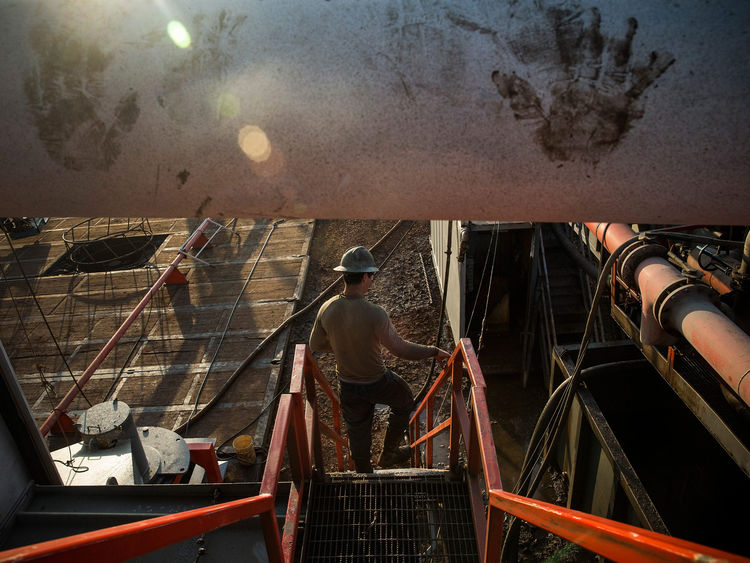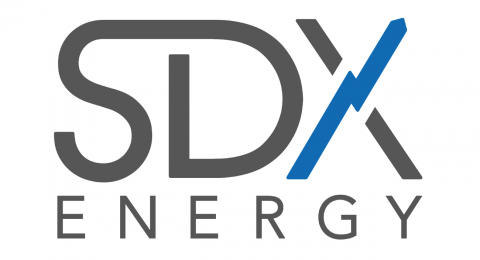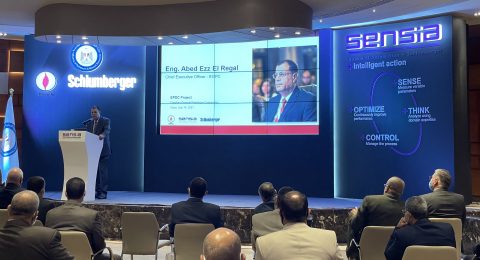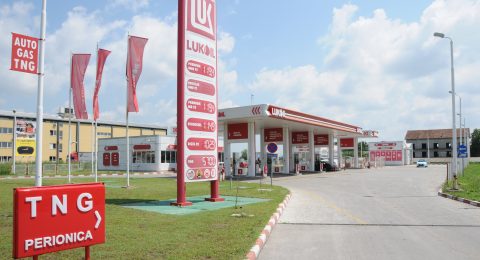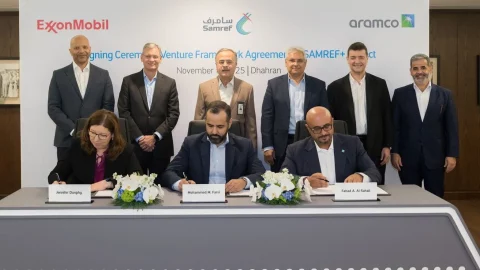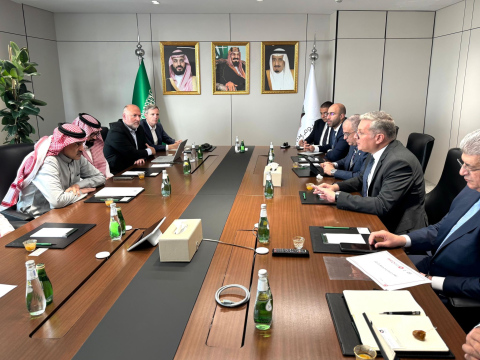Eight western European companies are keen to invest in Iran‘s $2.8 billion (2 billion pound) Siraf oil refinery project, an Iranian official said on Monday, as the country ramps up capacity to reduce is dependence on imports.
Iran – OPEC’s fifth-largest crude producer – has huge oil and gas reserves but lacks refining capacity, leaving it heavily reliant on imports. Western sanctions imposed on the Islamic Republic over its disputed nuclear programme have also deprived the country of industry technology.
“This project has been designed for the current situation,” Alireza Sadeghabadi, managing-director of Siraf Refineries Infrastructure Co., said, referring to Iran’s self-sufficiency drive.
“Of course after the removal of sanctions more foreign companies will be interested in investing in Iran,” he said in an interview with Reuters.
Iran and six countries reached an interim agreement in negotiations on Tehran’s nuclear programme in early April and are working towards a final deal by the end of this month that could see sanctions lifted.
Sadeghabadi said an Asian company, which he would not name, and an Iranian company would work together on certain sections of the refinery.
“And we will choose from among eight western European companies that want to be involved,” he said, declining to name the companies. He did not say how many companies would be chosen.
The Siraf refinery project will have a processing capacity of 480,000 b/d and will be completed in 38 months, or just over three years.
Eight processing plants would be built by private companies, using their own funds, Sadeghabadi said.
Iran’s oil sales have dropped to around 1 million b/d as a result of sanctions.
But exports of condensates – a light oil used to make gasoline and petrochemicals – pumped out of the South Pars Gas field have surged because they can go to buyers permitted under U.S. sanctions to buy Iranian crude.
The International Energy Agency (IEA) said Iran’s sales of condensate doubled in 2014 to about 200,000 b/d and contributed to total Iranian oil shipments in April of about 1.3 million b/d.
But Oil Minister Bijan Zanganeh said Iran would no longer export gas condensates – which are refined into higher-value products – once the refineries start operating.
“With the construction of the Siraf refineries, an important step would have been taken in preventing crude [oil and condensate] sales,” the ministry’s official website SHANA quoted Zanganeh as saying in a recent speech.
“This is the first time that feeding refineries are put to tender.”
The Siraf refinery will have the capacity to produce more than 270,000 b/d of naphtha, 140,000 b/d of gasoil, 30,000 b/d of liquefied petroleum gas and 40,000 b/d of kerosene, Sadeghabadi said.
Around 60% of Siraf’s gas condensate would be turned into higher-value naphtha, which is used to produce plastic-based products, he said.
“Demand for naphtha is increasing and with the Siraf project we will be able to produce more (naphtha) for exporting to Asian chemical makers,” Sadeghabadi said.
“Iran’s plan is to sell more refined products in the long term…which will create jobs in the country as well as helping our economy,” he added.
The Middle East is being transformed into a major refining hub with other Gulf countries such as Kuwait boosting capacity partly to reduce reliance on imports.
Saudi Arabia targets 8-10 million b/d of refined products in coming years from more than 5 million b/d now at home and abroad.
Source: Reuters
